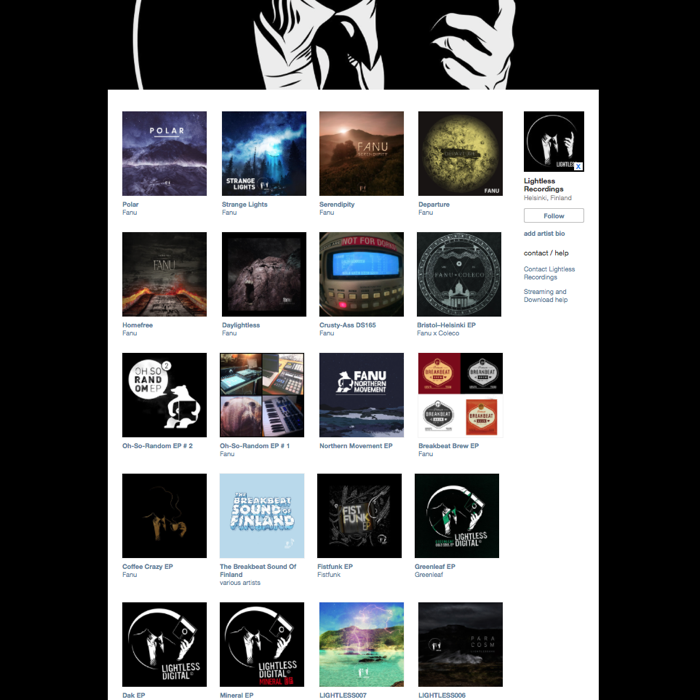
Lightless Coffee Crew shirts are available once again – for all coffee and Lightless minded people. This is a limited run of 50 shirts, so be quick if you want one.
The shirts are high quality Gildan Ultra Cotton shirts. Print is white on a black shirt. For size info, see this pic.
ORDERING INFO: get it from Bandcamp!
Shipping will happen in roughly 3–4 working days.
PS!: Throughout the history of Lightless shirts going out to all over the world, very, very few have been lost (probably around five–six in total). I cannot be held liable if the parcel is lost by mail (which has only happened a few times, and it’s only ever happened with some shirts sent to Russia so far).
Any questions? Shoot an email!

